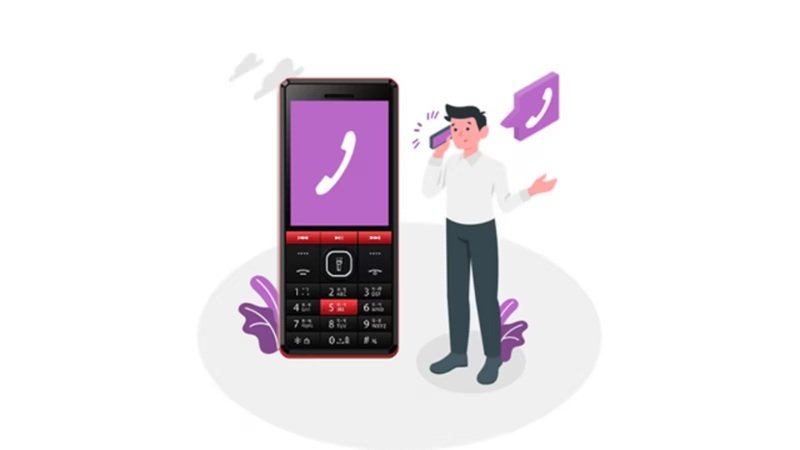India’s UPI system has become the backbone of cashless payments, allowing millions to transfer money and make purchases instantly. Most users access it through mobile apps, but what about those without smartphones? Is it still possible to send money or make a bill payment without using a touchscreen device?
Surprisingly, yes — UPI can be used without a smartphone. You don’t need an internet-enabled phone or a modern payment app to access digital banking. Thanks to services like UPI 123PAY and USSD-based banking, users with basic mobile phones can still perform essential financial tasks, including fund transfers and utility payments.
How UPI Works on Non-Smartphones
The NPCI has developed systems that allow feature phone users to perform secure transactions. One of the most popular methods is dialing *99# on your keypad phone, which connects you to USSD banking. Another option is UPI 123PAY, a voice-based payment system that enables transactions via call prompts.
These platforms allow users to check account balances, send money, and even complete a bill payment without downloading or using a mobile app. It’s all done through numeric selections, voice commands, or simple keypad inputs.
Key Services Available Without a Smartphone
Using a basic phone, you can still:
- Send and receive money using mobile numbers or UPI IDs
- Perform balance inquiries
- Set or change your UPI PIN
- Make a mobile recharge or utility bill payment
- Access customer support through voice prompts
Though the services are slightly limited compared to what a full payment app can offer, the core functionality remains available for day-to-day needs.
Step-by-Step: How to Use UPI Without a Smartphone
To begin, the user needs a bank account linked to their mobile number and a registered UPI ID. Once this is set up:
- Dial the designated UPI access number (like *99# or a voice helpline)
- Follow the voice or keypad prompts to choose a service (send money, check balance, make bill payment, etc.)
- Enter the recipient’s UPI ID or mobile number as required
- Confirm the transaction by entering your UPI PIN
- A confirmation SMS is sent once the transaction is complete
This entire process requires no internet, app interface, or touchscreen, making it highly inclusive.
Smartphones vs Non-Smartphones: What’s the Difference?
Smartphones provide a visual, app-based experience. Using a payment app, users can scan QR codes, view real-time transaction history, and automate payments with a few taps. On the other hand, feature phone users must navigate through voice menus or numeric options. While both can achieve the same result — like completing a bill payment — the user experience is more manual on non-smartphones.
One major difference is that smartphone users can access additional features like investment tracking, credit score checks, and cashback offers, which are not available through UPI 123PAY or USSD.
Security Features for Feature Phone Users
UPI transactions without a smartphone are just as secure. Each transaction still requires your UPI PIN, and no amount can be sent without confirming it. Since there is no payment app involved, the chances of phishing through app links or fake QR codes are significantly reduced.
Users should still keep their PIN confidential and report any suspicious activity to their bank. Even without internet access, strong verification systems are in place to keep every bill payment and transfer secure.
Why This Matters for Financial Inclusion
Digital payments shouldn’t exclude those without smartphones. By offering UPI services through voice and USSD, India ensures that farmers, daily wage earners, and rural residents can also send money or make bill payments without relying on advanced technology. This strengthens the goal of a cashless economy that includes all income groups and device users.
Conclusion
You don’t need a smartphone or even a payment app to use UPI. With services like UPI 123PAY and USSD banking, anyone with a feature phone can send money, check balances, or complete a bill payment with ease. It’s secure, accessible, and ensures that India’s digital payment ecosystem remains inclusive for every user — regardless of the phone they carry.

